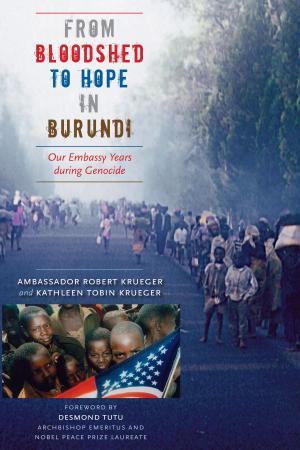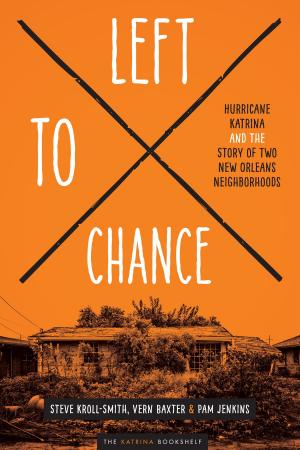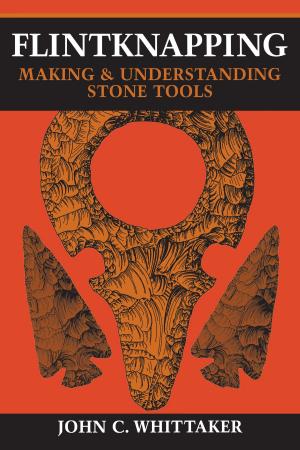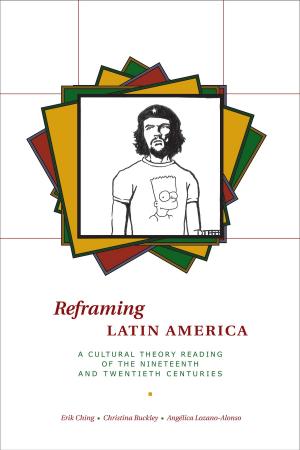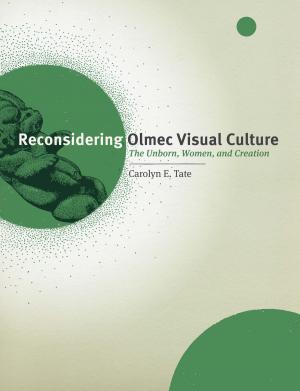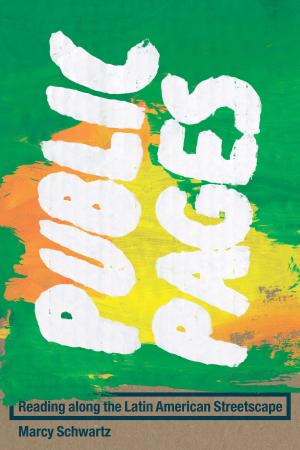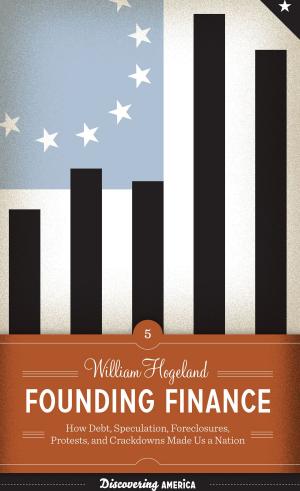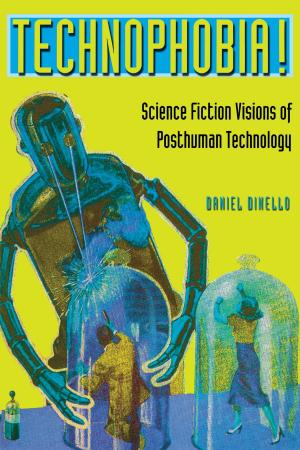Rewrite Man
The Life and Career of Screenwriter Warren Skaaren
Nonfiction, Entertainment, Film, History & Criticism, Performing Arts, Biography & Memoir, Entertainment & Performing Arts| Author: | Alison Macor | ISBN: | 9781477312025 |
| Publisher: | University of Texas Press | Publication: | May 30, 2017 |
| Imprint: | University of Texas Press | Language: | English |
| Author: | Alison Macor |
| ISBN: | 9781477312025 |
| Publisher: | University of Texas Press |
| Publication: | May 30, 2017 |
| Imprint: | University of Texas Press |
| Language: | English |
In Rewrite Man, Alison Macor tells an engrossing story about the challenges faced by a top screenwriter at the crossroads of mixed and conflicting agendas in Hollywood. Whether writing love scenes for Tom Cruise on the set of Top Gun, running lines with Michael Keaton on Beetlejuice, or crafting Nietzschean dialogue for Jack Nicholson on Batman, Warren Skaaren collaborated with many of New Hollywood's most powerful stars, producers, and directors. By the time of his premature death in 1990, Skaaren was one of Hollywood's highest-paid writers, although he rarely left Austin, where he lived and worked. Yet he had to battle for shared screenwriting credit on these films, and his struggles yield a new understanding of the secretive screen credit arbitration process—a process that has only become more intense, more litigious, and more public for screenwriters and their union, the Writers Guild of America, since Skaaren's time. His story, told through a wealth of archival material, illuminates crucial issues of film authorship that have seldom been explored.
In Rewrite Man, Alison Macor tells an engrossing story about the challenges faced by a top screenwriter at the crossroads of mixed and conflicting agendas in Hollywood. Whether writing love scenes for Tom Cruise on the set of Top Gun, running lines with Michael Keaton on Beetlejuice, or crafting Nietzschean dialogue for Jack Nicholson on Batman, Warren Skaaren collaborated with many of New Hollywood's most powerful stars, producers, and directors. By the time of his premature death in 1990, Skaaren was one of Hollywood's highest-paid writers, although he rarely left Austin, where he lived and worked. Yet he had to battle for shared screenwriting credit on these films, and his struggles yield a new understanding of the secretive screen credit arbitration process—a process that has only become more intense, more litigious, and more public for screenwriters and their union, the Writers Guild of America, since Skaaren's time. His story, told through a wealth of archival material, illuminates crucial issues of film authorship that have seldom been explored.

